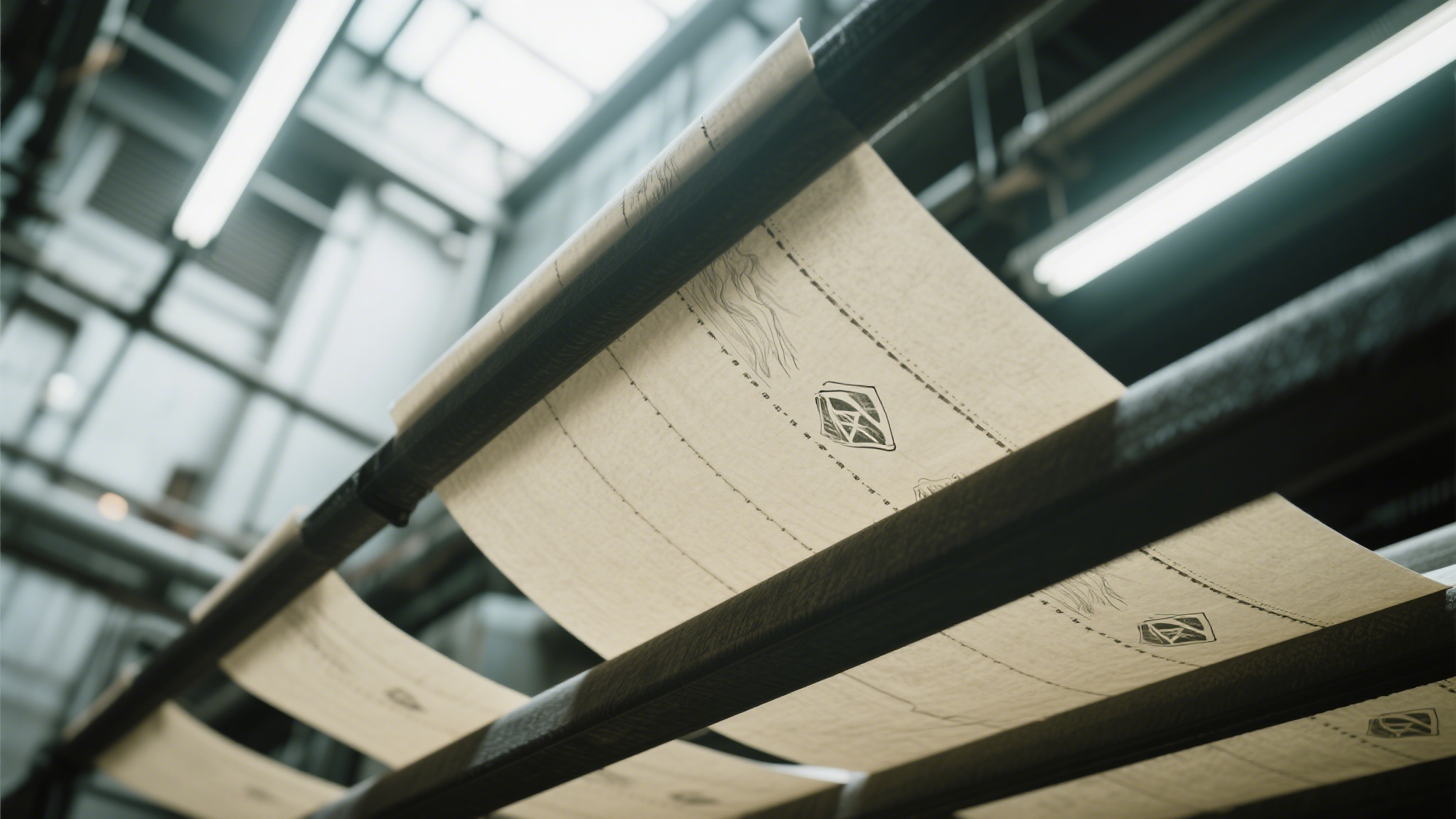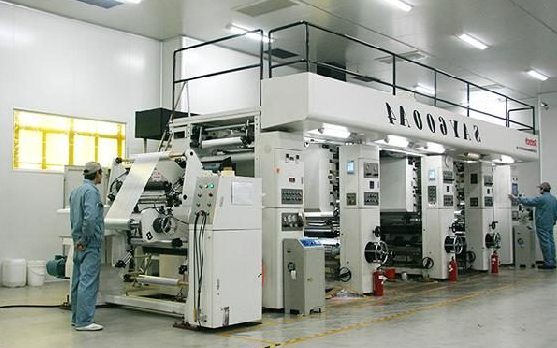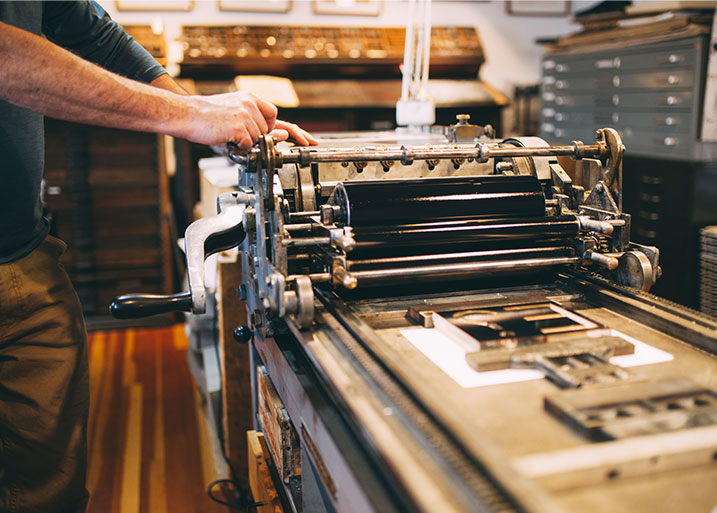In today’s world, the importance of security substrates in printing cannot be overemphasized. They play a pivotal role in safeguarding vital documents and products against forgery and unauthorized replication. Understanding the role of these substrates is crucial for businesses and professionals who deal with sensitive information and products.

What are Security Substrates?
Security substrates are specialized materials used in the printing industry to enhance the security of printed items. These substrates are integral to creating documents that are difficult to replicate or alter, providing an extra layer of protection against fraud.
Types of Security Substrates
There are various types of security substrates used in printing, each with unique features designed to enhance document protection. Common types include watermarked paper, security threads, and holographic films.
Watermarked Paper
Watermarked paper is one of the oldest and most trusted forms of security substrates. It involves embedding a recognizable pattern or image into the paper during the manufacturing process, making it difficult to replicate with standard printing techniques.
Security Threads
Security threads are thin strips of plastic or metal embedded in paper or other substrates. They often feature visible or invisible text, guaranteeing authenticity and preventing counterfeiting.
Holographic Films
Holographic films are used widely in security printing due to their visual appeal and difficulty to counterfeit. These films can be applied to various products, including currency, ID cards, and packaging.
The Role of Security Substrates in Anti-Counterfeiting
Counterfeiting is a significant challenge in many industries, from pharmaceuticals to consumer goods. Security substrates provide a robust solution by making it harder for counterfeiters to replicate original products.
Enhancing Document Security
By incorporating security substrates into documents such as passports, certificates, and tickets, organizations can significantly reduce the risk of forgery and unauthorized duplication.
Securing Product Packaging
Incorporating security substrates into product packaging helps prevent counterfeiting by ensuring that only genuine products reach consumers. For more insights on anti-counterfeit packaging, visit this external link.
Technological Advances in Security Printing
The printing industry is continually evolving, with new technologies enhancing the capabilities of security substrates. Innovations such as RFID tags and special inks are paving the way for more secure printing solutions.
RFID Tags
RFID tags are becoming increasingly popular in security printing. These tags can store information and be tracked, adding another level of security. Learn more about RFID tags in printing by visiting this internal link.
Special Inks
Special inks, such as those that change color or glow under UV light, are used to print secure designs that are difficult to replicate. For more information on special inks, check out this internal link.
Challenges in Security Substrates in Printing
Despite their advantages, security substrates face challenges such as high production costs and the need for constant innovation to stay ahead of counterfeiters.
Cost Considerations
One of the major challenges in using security substrates is the cost involved in their production and implementation. However, the benefits often outweigh the costs, as they provide peace of mind and protect brand integrity.
Need for Innovation
The continuous evolution of counterfeiting techniques means that there is a constant need for innovation in security substrates to ensure effectiveness.
The Future of Security Substrates
The future of security substrates is promising, with ongoing research and development aimed at creating more advanced, cost-effective, and environmentally friendly solutions.
Emerging Trends
Emerging trends in security substrates include the use of biodegradable materials and the integration of digital security features, offering new ways to protect against counterfeiting.
Environmental Considerations
As environmental concerns grow, the printing industry is exploring eco-friendly security substrates that reduce waste without compromising security.
Conclusion
Security substrates in printing are a vital component in the fight against counterfeiting, offering robust solutions to protect documents and products. As technology advances, the potential of these substrates continues to grow, offering exciting possibilities for the future.

FAQs
1. What are security substrates?
Security substrates are specialized materials used in printing to enhance document and product security, making them difficult to replicate or alter.
2. Why are security substrates important?
They are crucial in preventing counterfeiting and unauthorized replication, protecting both businesses and consumers.
3. What are some examples of security substrates?
Examples include watermarked paper, security threads, and holographic films, each offering unique security features.
This article contains affiliate links. We may earn a commission at no extra cost to you.







